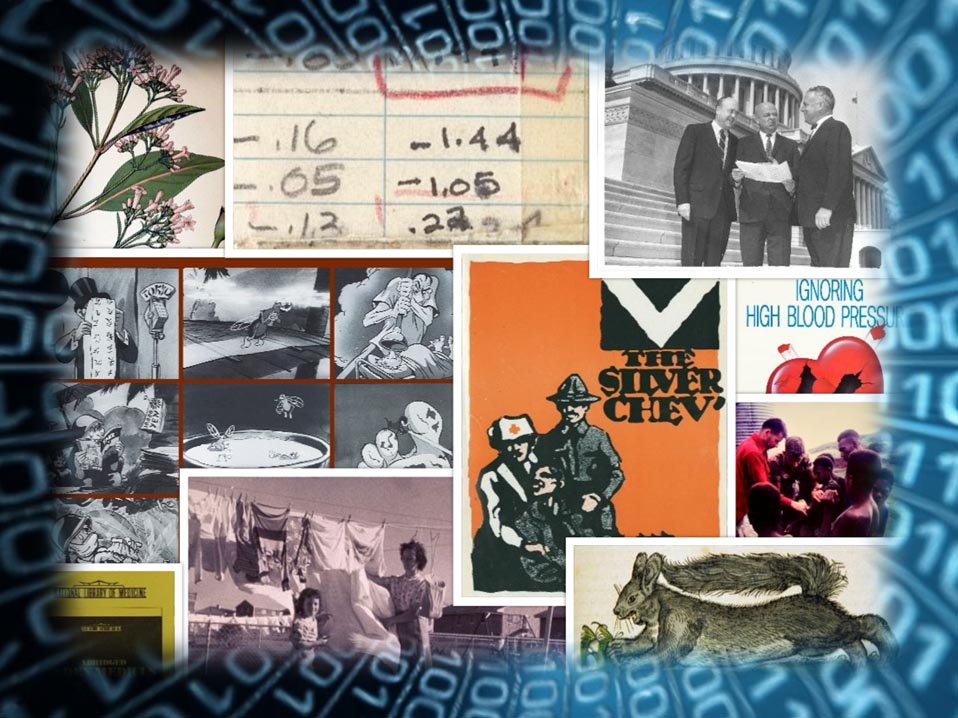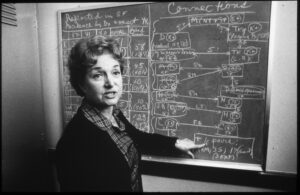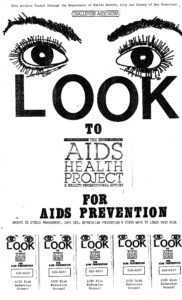Highlighting some recently added HIV/AIDS history material now available on our digital collections on Calisphere:
AIDS History Project Ephemera Collection
Material includes posters and pamphlets related to the medical and/or social aspects of AIDS and HIV, with a focus on prevention and on addressing misconceptions about the virus and disease. Call number: MSS 2000-31.

BleachMan poster, 1988. BleachMan was created by San Francisco AIDS Foundation to encourage clean needle use. AIDS History Project Ephemera Collection.
Selected material from the diary of Bobbi Campbell, nurse and self-identified “AIDS Poster Boy.” Campbell was one of the first and most public People with AIDS (PWAs), speaking at numerous conferences and other events. The diary is dated July 1983 through February 1984. Call number: MSS 96-33.
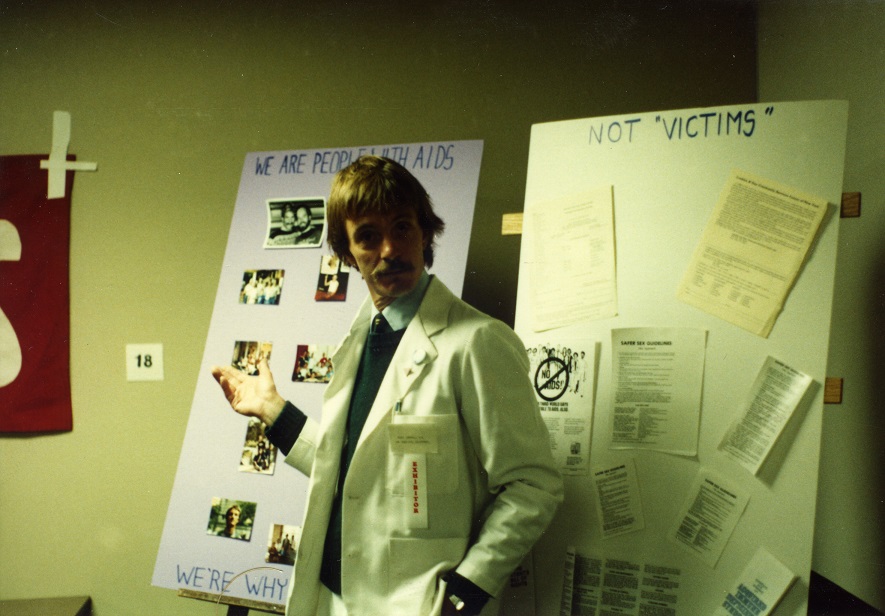
Bobbi Campbell presenting with “We are People with AIDS” “Not ‘Victims'” posters, circa 1983. Bobbi Campbell Diary.
Sally Hughes AIDS Research Collection
Selections from research materials collected by historian Sally Hughes in preparation for AIDS oral histories that she conducted. The interviews document the experiences of physicians, nurses, and scientists who played key roles in the early years of the AIDS epidemic. Call number: MSS 2001-04.

AIDS-Patient Needs flowchart. Sally Hughes AIDS Research Collection.
San Francisco AIDS Foundation Records
Material from the San Francisco AIDS Foundation, an organization founded in 1982 to help end the HIV/AIDS epidemic through education, advocacy and direct services for prevention and care. Call number: MSS 94-60.
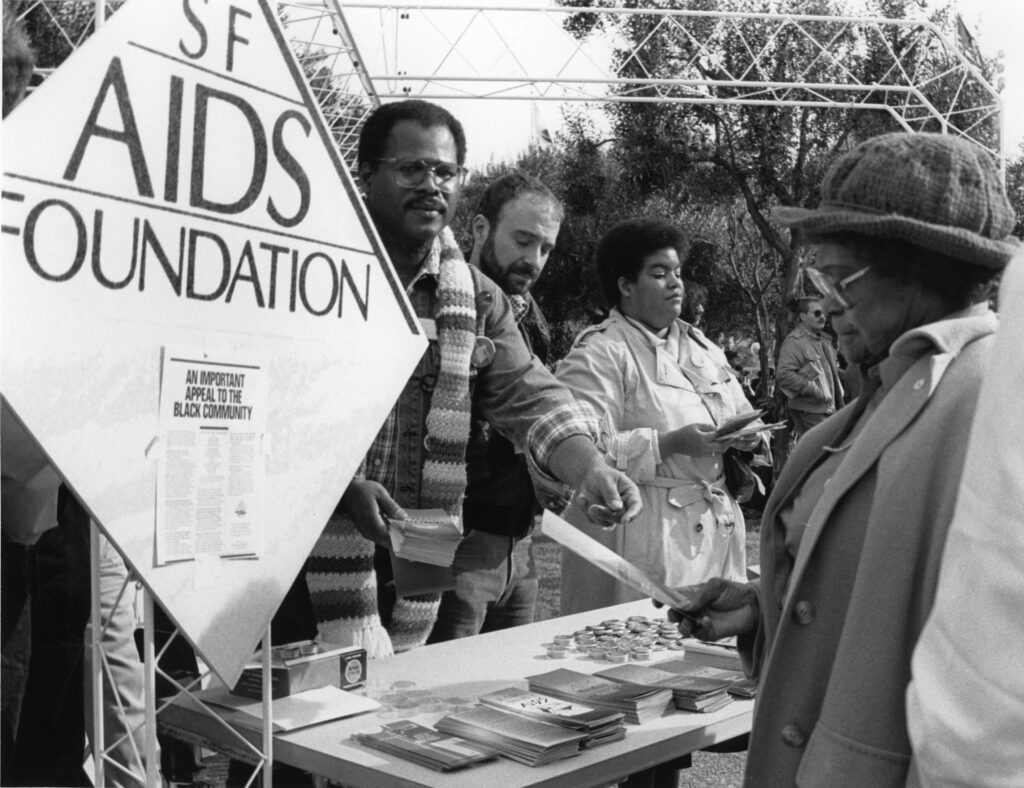
San Francisco AIDS Foundation table at Martin Luther King Jr. memorial celebration, 1986. San Francisco AIDS Foundation Records.
San Francisco General Hospital Ward 84/86 Records
Selections from the records of San Francisco General Hospital (SFGH) Ward 84/86, one of the first clinics in the country to treat and care for HIV/AIDS patients. Call number: MSS 94-61.
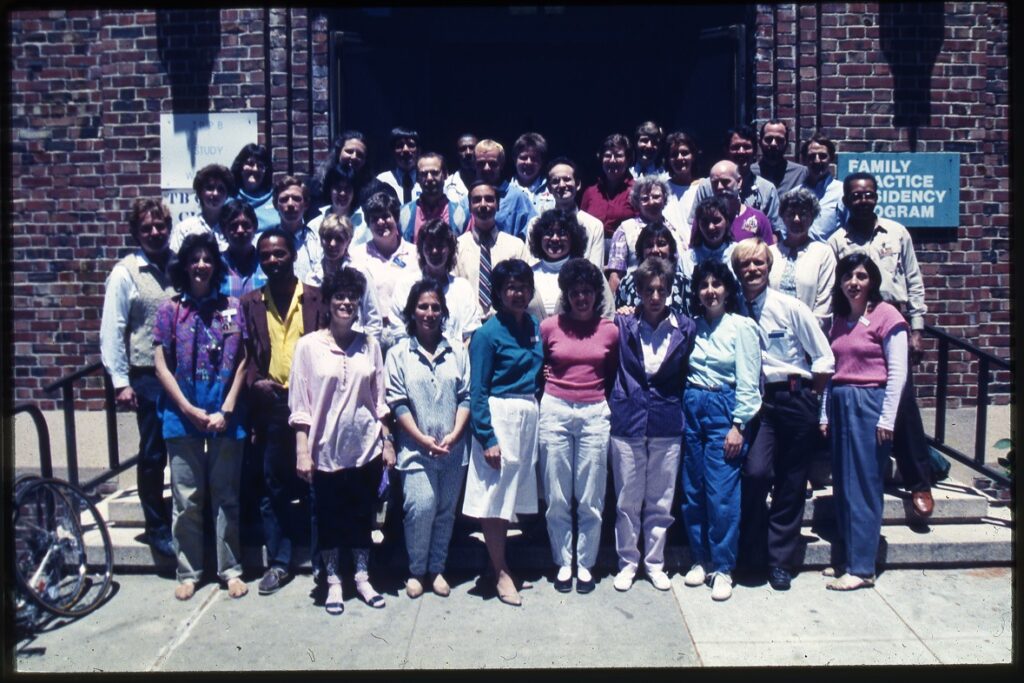
Staff of SFGH Ward 84/86, circa 1985. San Francisco General Hospital Ward 84/86 Records.
As we begin our recently awarded NHPRC grant to provide access to new AIDS history collections, we will be adding more digital items to Calisphere. We will keep you posted as we continue to update our collections.

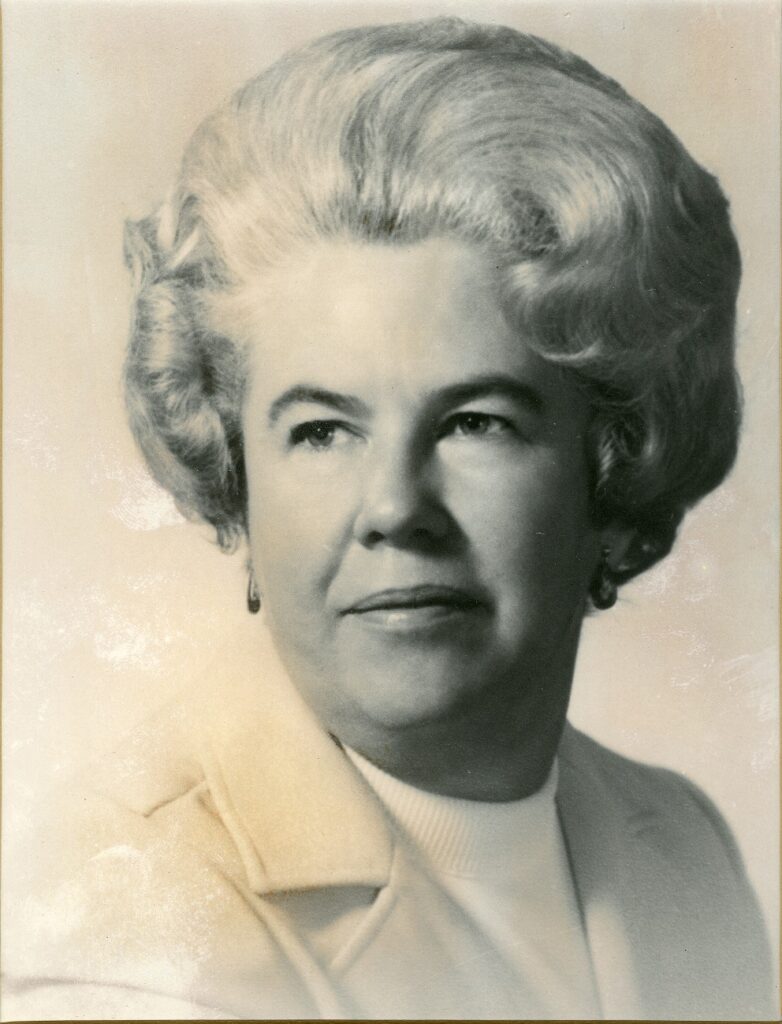
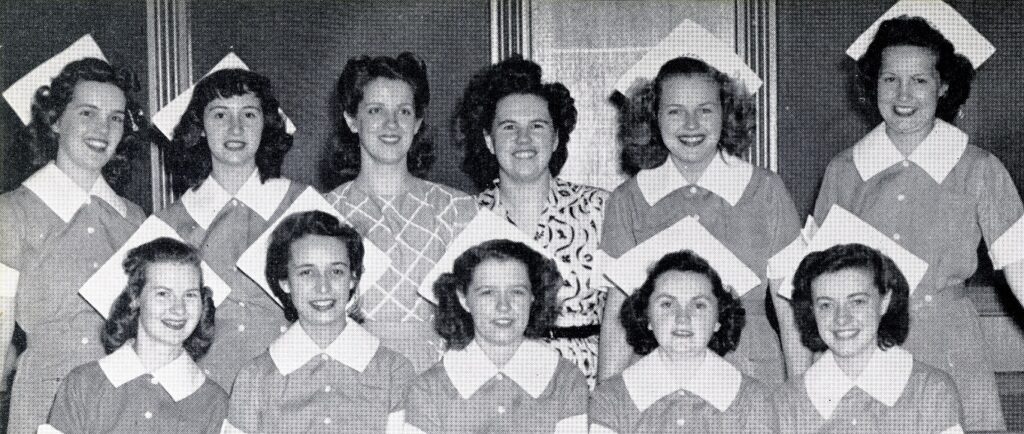
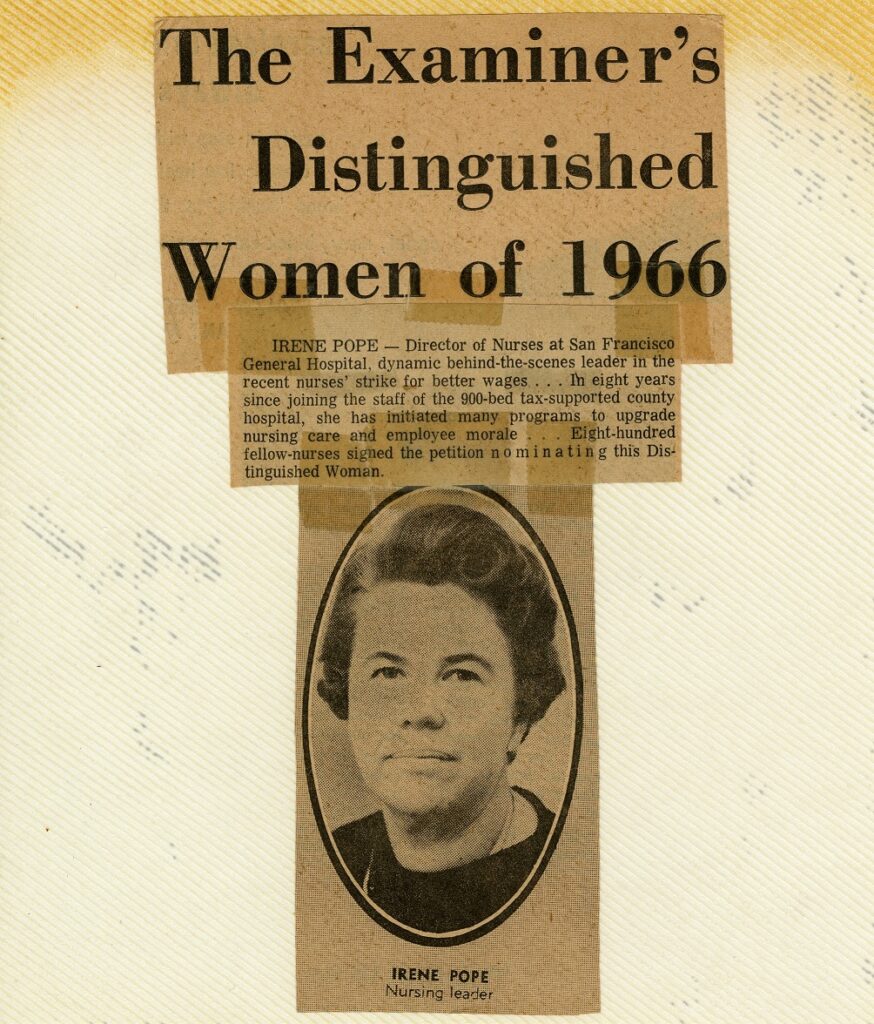
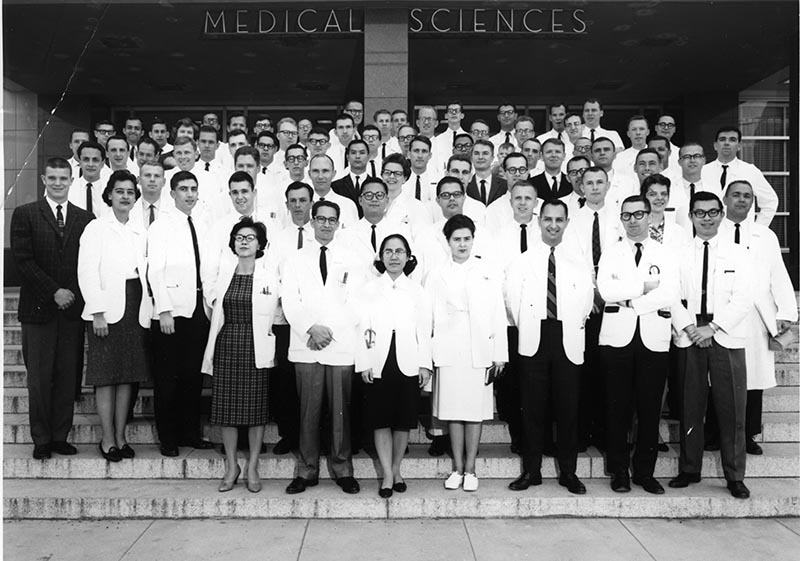
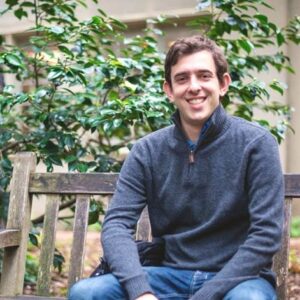
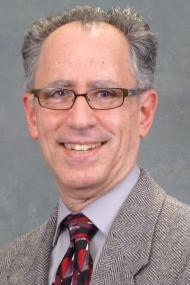
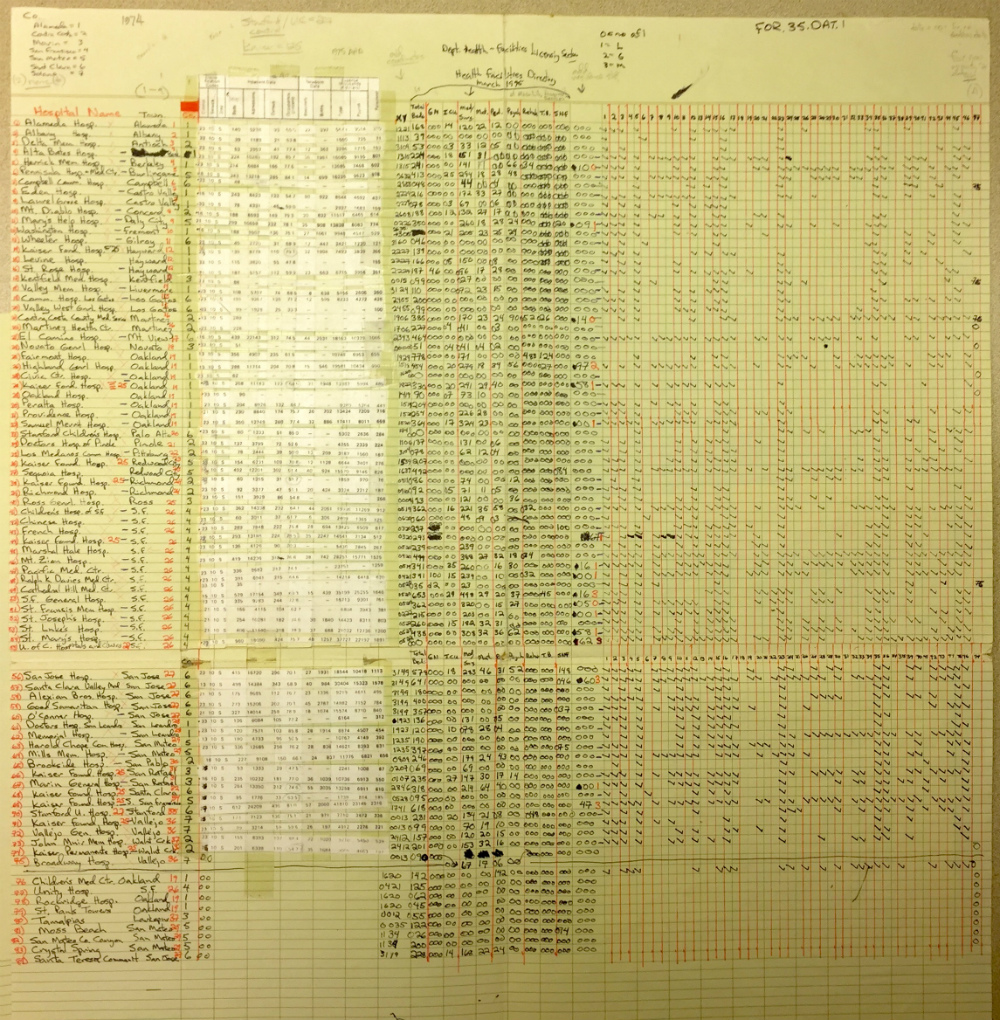
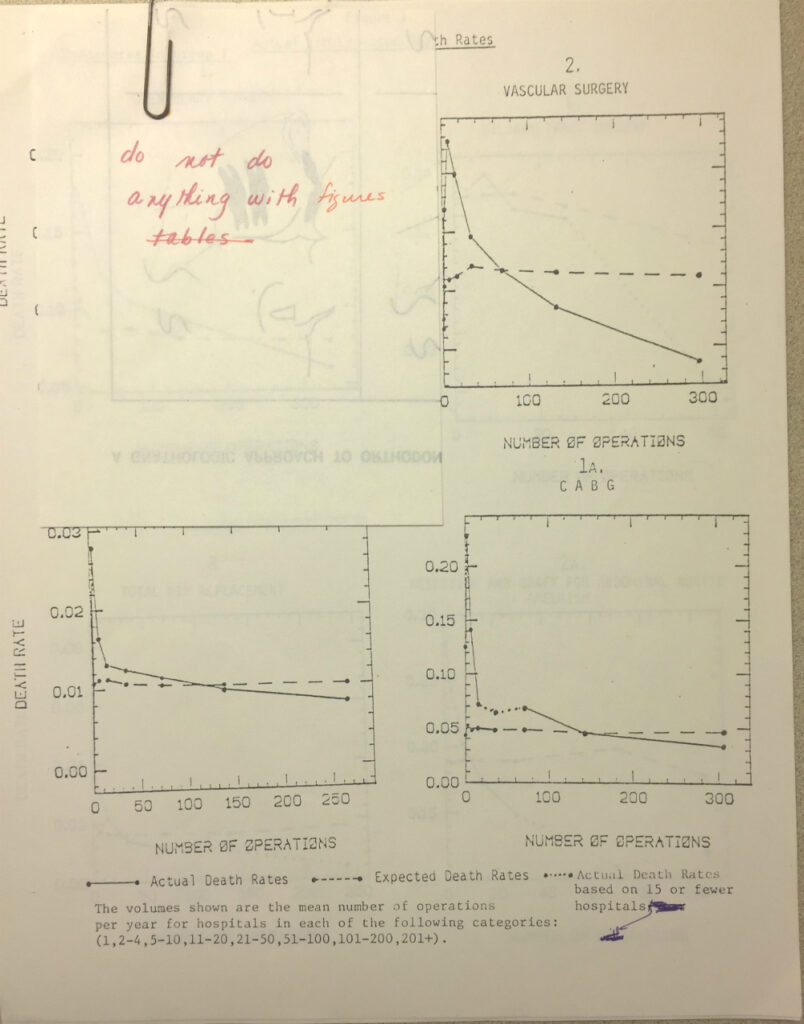
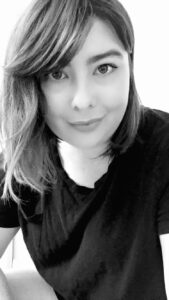
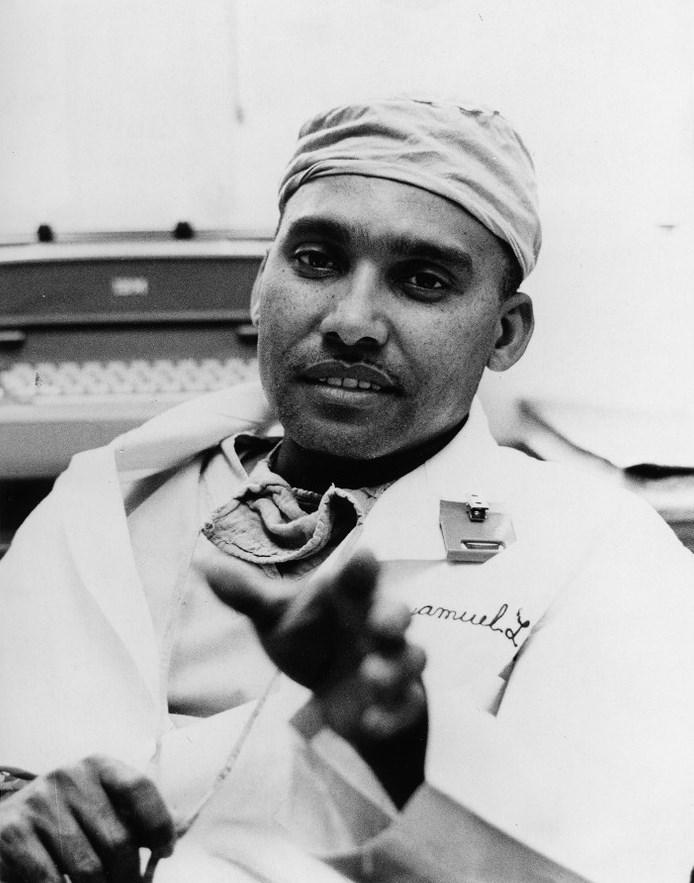
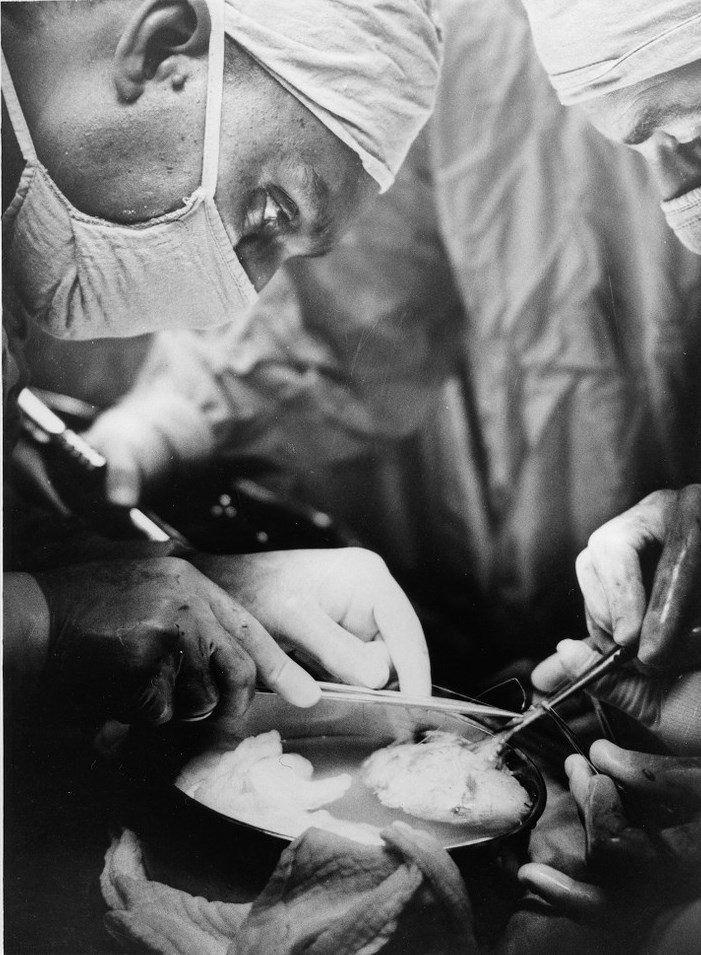

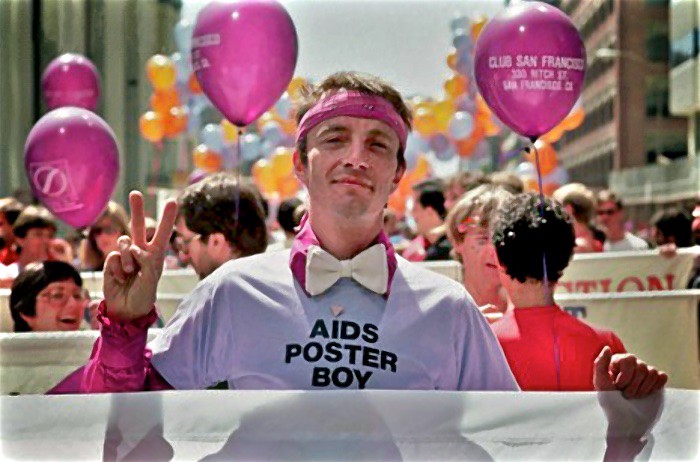
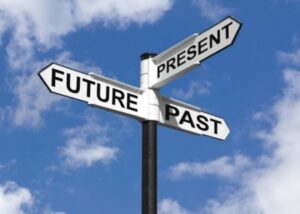 It is a privilege to offer this blog post as a follow-up and complement to my
It is a privilege to offer this blog post as a follow-up and complement to my 